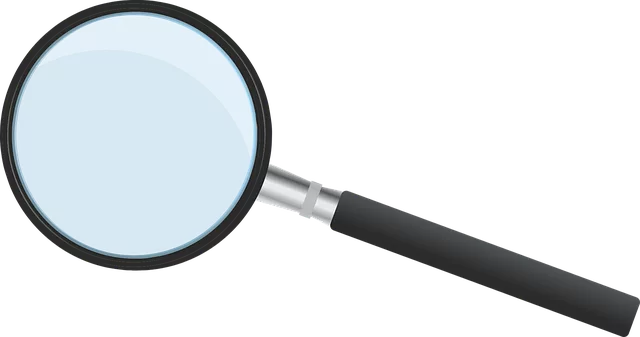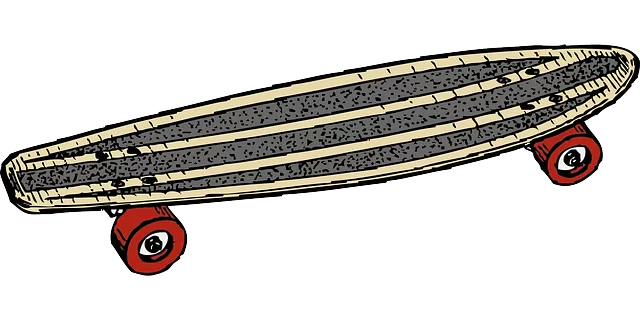For a positive first longboarding experience, beginners should choose boards designed with stability and ease of use in mind, focusing on basic balance, comfortable stances, and smooth turns. Practice body weight steering and gradual speed increases to master turns and maintain control while descending. Prioritize safety by using quality gear, following traffic rules, and learning essential techniques for a thrilling yet secure cruising adventure.
Looking to embark on your first smooth cruising experience with a longboard? This comprehensive guide is tailored for beginners seeking a seamless journey. From choosing the right board to mastering advanced techniques, we’ll walk you through every step. Learn essential skills like standing, balancing, turning, and speed control—all vital for an enjoyable ride. Discover safety measures to ensure your confidence and comfort. Get ready to glide effortlessly into the world of longboarding!
Choosing the Right Longboard for Your First Experience

When embarking on your first longboard cruising experience, selecting the perfect board is a crucial step. For beginners, it’s recommended to opt for a longboard designed specifically with novice riders in mind. These boards typically offer a more stable and balanced ride due to their longer deck and softer flex, making them ideal for gaining confidence and learning basic techniques. Look for models that provide a comfortable stance and smooth turns, allowing you to focus on mastering the art of cruising without being overwhelmed by complex features.
Choosing a longboard for beginners should also consider factors like wheel size and truck quality. Larger wheels promote smoother rides over uneven surfaces, while higher-quality trucks ensure better control and durability. Remember, the right board will enhance your learning experience, making each ride more enjoyable and encouraging you to explore further.
Mastering the Basics: Standing and Balancing Techniques

For first-time longboarders, mastering the basics of standing and balancing is crucial to achieving a smooth cruising experience. Start by finding your center of gravity; this is the key to stability. Position yourself on the board with your feet comfortably placed at the optimal width for your size and comfort, generally shoulder-width apart. Keep your knees slightly bent for added balance.
Once in position, learn to harness the power of body weight shifting. Practice moving your weight from side to side while keeping your stance steady. This will help you navigate turns more fluidly. Remember, balancing is all about confidence and muscle memory; spend ample time getting comfortable on the board before attempting to cruise at speed.
Navigating Turns: How to Turn Smoothly Without Effort

Navigating turns on a longboard for beginners can seem intimidating, but with some practice, it becomes second nature. The key to turning smoothly is maintaining momentum and using your body weight to guide the board. Instead of applying sudden force, let your legs do the work by bending at the knees and shifting your weight accordingly. As you approach a turn, lean slightly into it, keeping your eyes fixed on where you want to go. This will help keep your center of gravity balanced, making it easier to maintain control.
Practice makes perfect, so find a flat, open space and start with gentle turns. Gradually increase the radius and speed as you get more comfortable. Remember, the smoother your turns, the more enjoyable your cruising experience will be. Enjoy the ride!
Speed Control: Learning to Cruise at a Comfortable Pace

When learning to cruise on a longboard for beginners, mastering speed control is key. Many new riders tend to accelerate quickly, but finding the right pace is essential for a smooth and enjoyable ride. The goal is to maintain a comfortable speed that allows you to glide effortlessly while keeping your balance. Start by practicing in an open, flat area where you have plenty of space to adjust your speed without obstacles.
Begin at a slow pace, focusing on maintaining control as you push with your legs. Gradually increase speed as you gain confidence, but remember, it’s better to go slowly and steadily than to rush and lose stability. With practice, you’ll develop a feel for the board’s response to your leg movements, enabling you to cruise at a comfortable, controlled pace suitable for both beginner and advanced longboarders.
Advanced Tips for Maintaining Momentum on Descents

Maintaining momentum on descents is a crucial skill for any longboarder, especially beginners looking to smoothen their cruising experience. One effective tip is to utilise your footbraking technique. Instead of locking your feet and skidding, apply gentle pressure with the ball of your front foot to slow down gradually. This not only gives you more control but also helps preserve your board’s shape by preventing excessive wear on the trucks.
Another valuable trick is to find the right gear ratio for your descent. Adjusting your longboard’s deck and wheel combination can significantly impact speed and stability. For longer, smoother descents, opt for larger wheels with softer durometers, which provide better shock absorption and a smoother ride. Experiment with different setups to discover what works best for various terrain types and conditions, enhancing your overall cruising experience on your longboard for beginners.
Safety Measures: Ensuring a Secure and Enjoyable Ride

When it comes to enjoying a smooth cruising experience on a longboard, safety is paramount, especially for beginners. Longboarding involves speed and momentum, so ensuring a secure ride is crucial. Beginners should start by investing in high-quality gear, including a well-constructed deck that meets industry safety standards and robust wheels suitable for different terrains. Wearing protective gear such as helmets, knee pads, and elbow guards is essential to minimize the risk of injuries during falls or accidents.
Additionally, understanding and adhering to traffic rules and regulations is vital. Longboarders should stay aware of their surroundings, be visible to drivers, and follow local speed limits and lane markings. Mastering basic techniques like turning, carving, and braking smoothly will not only enhance their cruising experience but also contribute to safer riding practices.
